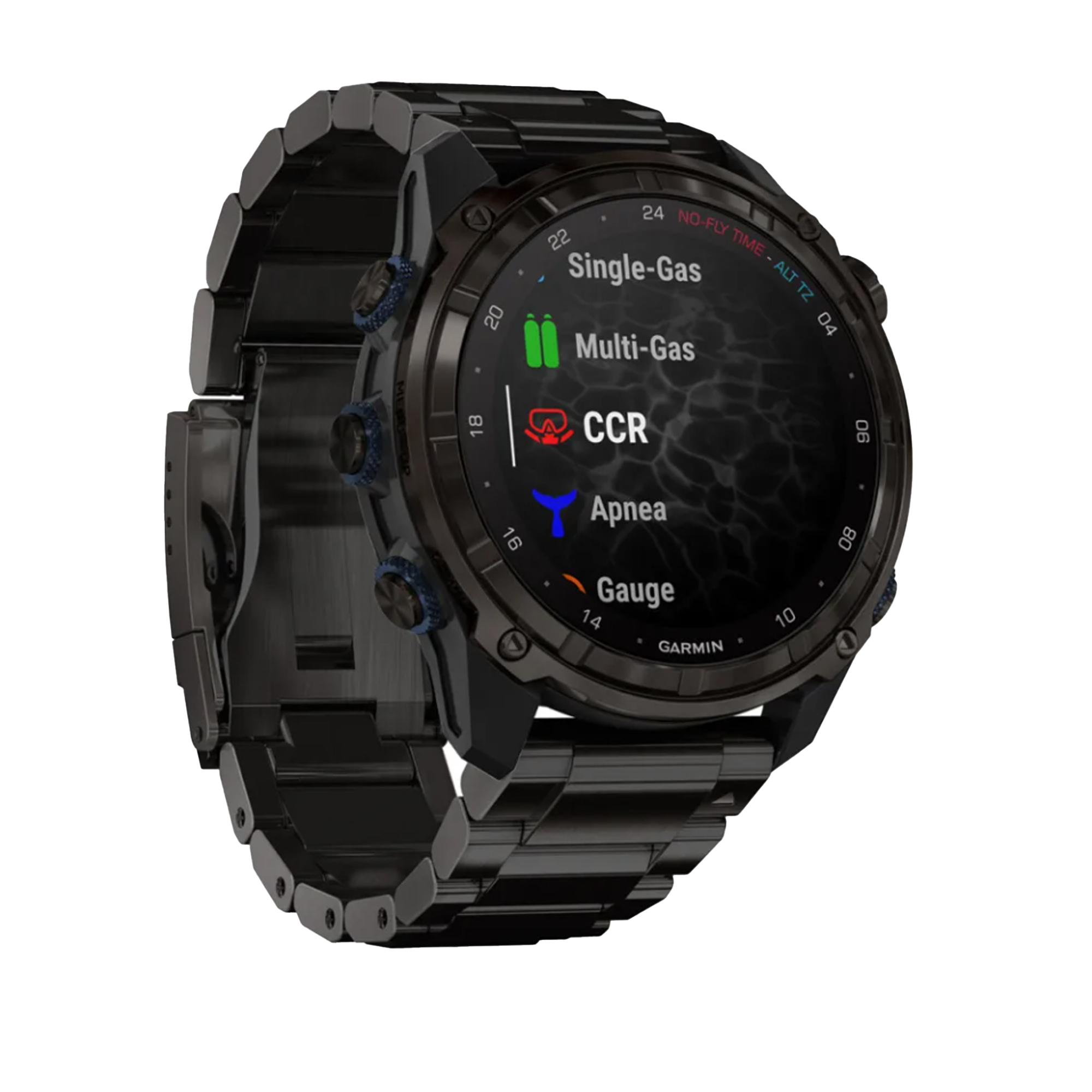Navigation
Wetsuit undergarments worn beneath the wetsuits can provide much additional warmth for the scuba diver and have a large impact on the enjoyment of a cold water dive.
Popes Eye
![]() Reef Dive |
Reef Dive | ![]() Boat access
Boat access
![]()
![]()
![]()
![]()
![]()
![]()
Depth: 2 m (6.56 ft) to 14 m (46 ft)
Dive, Snorkel or Watch Reef Cam Live!
Pope's Eye is a natural sand shoal with a partially completed bluestone fortification, the Annulus, the foundation of which was to be an island fort built in the 1880s to protect Port Phillip and the gold-rich Victorian Goldfields of the time. It is located four kilometres from the heads between Portsea and Queenscliff in Port Phillip, Victoria. Advances in weapons technology made the defence plan obsolete and so it was never completed.
Pope's Eye is a semicircular, horse-shoe shaped ring of large basalt blocks on top creating an artificial reef. This provides a safe anchorage for pleasure craft as well as an immensely beautiful locale for snorkellers and scuba divers. The bluestone foundations measure approximately 204 m (669 ft) in length, 22.4 m (73 ft) wide at the bottom to 1.25 m (4.1 ft) wide at the top, and rising to a height of 2.75 m (9.02 ft) above sea level at low tide.
Marine Life
The intertidal and subtidal reef is an artificial basalt structure providing important habitat for the feather star, plus Southern Hulafish, and supports abundant large fish. It is about 1.5 m (4.92 ft) deep within the ring and drops off to about 10 m (33 ft) metres around the outside. The tops of the rocks are covered by green algae and extensive beds of brown kelps including both giant kelp and leathery kelp. Beneath the kelp a magnificent and colour marine environment awaits. The reef has open patches of turfing red algae that are maintained by the Scalyfin and used as important feeding areas for other fish.
Popes Eye has a fish community that is distinct from elsewhere in the Marine National Park. Fishing has been banned since 1976 and the reef has higher species richness, as well as an abundance of fish, including larger fish, than elsewhere in southern Port Phillip. The north-west corner of Popes Eye is a minor haul-out area for the Australian Fur Seals. Popes Eye is also a minor roost for cormorants and a breeding colony for Australian gannets
Arguably just as enthralling as a tropical reef, Pope's Eye is a sanctuary for a huge variety of species including colourful reef fish, octopus, featherstars, Giant Australian Cuttlefish, Australian Fur Seals and gorgonian corals. There are Scalyfin, Old Wives, Sea Sweep, Horseshoe Leatherjacket, Bluethroat Wrasse, Rosy Wrasse, Rosy Wrasse, Magpie Perch, Barber Perch, Leatherjacket, Southern Hulafish, Herring Cale, and Ornate Cowfish, just to name a few commonly seen. The elusive Warty Prowfish is known to be a resident here too.
The large Bluethroat Wrasse are males, with all juveniles and smaller adults being females. A few larger, dominant females change sex to male and guard their harem of females against intrusion by other males.
Popes Eye and Seals | Credit: David Bryant, Seapics
The spaces in the basalt blocks of the reef provide important habitat for feather star. There is also plenty of purple sea urchin and some blacklip abalone. The biscuit star is also common.
Australia's smallest Marine Park, this horseshoe-shaped artificial reef is part of the Harold Holt Marine Reserve with an absolutely no-take policy. It is a haven not only for fish but for birds, invertebrates and algae. Other attractions to look out for are Seastars, Abalone, Nudibranchs, Giant and Leathery Kelp, Sponges and soft corals. The occasional seal can be seen having a siesta at the end of the rocks!
Bird Life
During Summer the small platform of the navigational beacon changes from a year-round roosting site, to an overflowing nesting ground for the Australasian Gannet. It is, in fact, one of the few man-made structures in the world where this species will breed.
Diving Popes Eye
The concentrations of fish are testimony to the success of marine reserves. The fish have no fear and get in your face. Nowhere else in Port Phillip will you find more fish in such a small area.
The inside of Pope's Eye provides a safe anchorage in two to three metres of water. Depending on the height of the tide, people can sometimes stand up. Outside, the kelp covered rocks slope away to a depth of 14 metres to 10 metres and sand.
A ship's anchor is resting on its side at 12 metres in the middle of the ebb side and if diving on the flood side, there is an old wooden butter churn at the bottom in the middle. These can assist in navigating your location when underwater.
Popes Eye can only be reached by boat and is a favourite location of divers and snorkellers due to the protection it provides from tidal currents. Because of this, many operators use this site for beginners' first open water dive. It is a fascinating dive and snorkel site for both experienced and novice water goers.
While the best time to dive Pope's Eye is at the start of an Ebb tide, it provides a great dive in all weather conditions. Local divers often dismiss this site as many learnt to dive here. Pope's Eye is an easy dive but should not be underrated.
See WillyWeather (West Channel Annulus) as a guide for the tide times and the height of the tide.
Reef Cam
The Nature Conservancy Australia installed Reef Cam at Pope's Eye. It's Australia's first ever rocky-reef, live-feed, combined under and above water webcams.
Reef Cam Highlights | Credit: The Nature Conservancy Australia
Marine Park
Ninety years after its construction, in 1979, the artificial bluestone reef and surrounds encompassing some 10 acres were declared a Marine National Park. Fish, marine fauna and flora, as well as bird life, have thrived and flourished providing nature lovers with a wonderful repertoire of nature to enjoy.
Popes Eye - Port Phillip Heads Marine National Park | Credit: Parks Victoria
Port Phillip Heads Marine National Park
This site lies in the Port Phillip Heads Marine National Park. The park is made up of six separate marine areas around the southern end of Port Phillip: Swan Bay, Mud Islands, Point Lonsdale, Point Nepean, Popes Eye, and Portsea Hole.
Thirty-one of the 120 shipwrecks known to have occurred within a 10 nautical mile radius of Port Phillip Heads are thought to be within the Port Phillip Heads Marine National Park in Point Lonsdale and Point Nepean.
Aboriginal tradition indicates that the Bellarine Peninsula side of the Port Phillip Heads Marine National Park is part of Country of the Wathaurung people, and the Mornington Peninsula side, including Mud Islands, is part of Country of the Boon Wurrung people.
See also, Parks Victoria: Port Phillip Heads Marine National Park,
Park Note: Port Phillip Heads Marine National Park,
Port Phillip Heads Marine National Park - Map,
Divers Guide - Port Phillip Heads Marine National Park,
Port Phillip Heads Marine National Park Identification Booklet, and
Taxonomic Toolkit for the Marine Life of Port Phillip Bay.
You are not permitted to carry a spear gun while snorkelling or scuba diving in Port Phillip Heads Marine National Park.
Traditional Owners — This dive site is in the traditional Country of the Wathaurong (Wadda-Warrung) people of the Kulin Nation. This truly ancient Country includes the coastline of Port Phillip, from the Werribee River in the north-east, the Bellarine Peninsula, and down to Cape Otway in the south-west. We wish to acknowledge the Wathaurong as Traditional Owners. We pay respect to their Ancestors and their Elders, past, present and emerging. We acknowledge Bunjil the Creator Spirit of this beautiful land, who travels as an eagle, and Waarn, who protects the waterways and travels as a crow, and thank them for continuing to watch over this Country today and beyond.
Popes Eye Location Map
Latitude: 38° 16.598′ S (38.276633° S / 38° 16′ 35.88″ S)
Longitude: 144° 41.922′ E (144.6987° E / 144° 41′ 55.32″ E)
Datum: WGS84 |
Google Map
Added: 2012-07-22 09:00:00 GMT, Last updated: 2022-03-27 16:19:48 GMT
Source: GPS
Nearest Neighbour: Popes Eye Anchor Farm, 88 m, bearing 351°, N
Port Phillip Heads Marine National Park.
Depth: 2 to 14 m.
Dive only on: SWF, SWE, Ebb, Flood.
Mean water temp - summer: 18.2°C.
Mean water temp - winter: 12.5°C.
[ Top ]
DISCLAIMER: No claim is made by The Scuba Doctor as to the accuracy of the dive site coordinates listed here. Should anyone decide to use these GPS marks to locate and dive on a site, they do so entirely at their own risk. Always verify against other sources.
The marks come from numerous sources including commercial operators, independent dive clubs, reference works, and active divers. Some are known to be accurate, while others may not be. Some GPS marks may even have come from maps using the AGD66 datum, and thus may need be converted to the WGS84 datum. To distinguish between the possible accuracy of the dive site marks, we've tried to give each mark a source of GPS, Google Earth, or unknown.
Copyright © 2005-2022 by The Scuba Doctor Australia, ABN 88 116 755 170. All rights reserved.
tel. +61 3 5985 1700 :: email. diveshop@scubadoctor.com.au :: Web site by it'sTechnical 2022

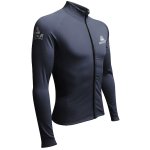
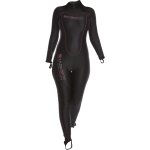
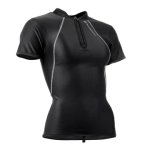
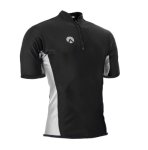
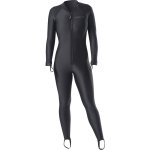
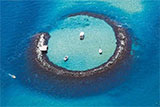
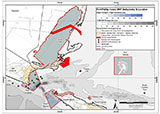
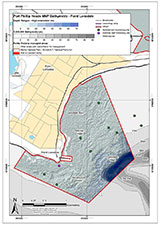
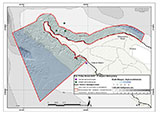
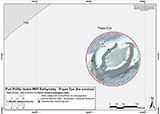
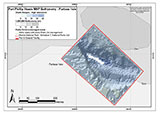
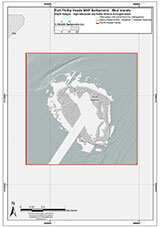
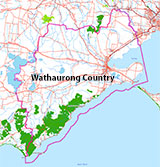







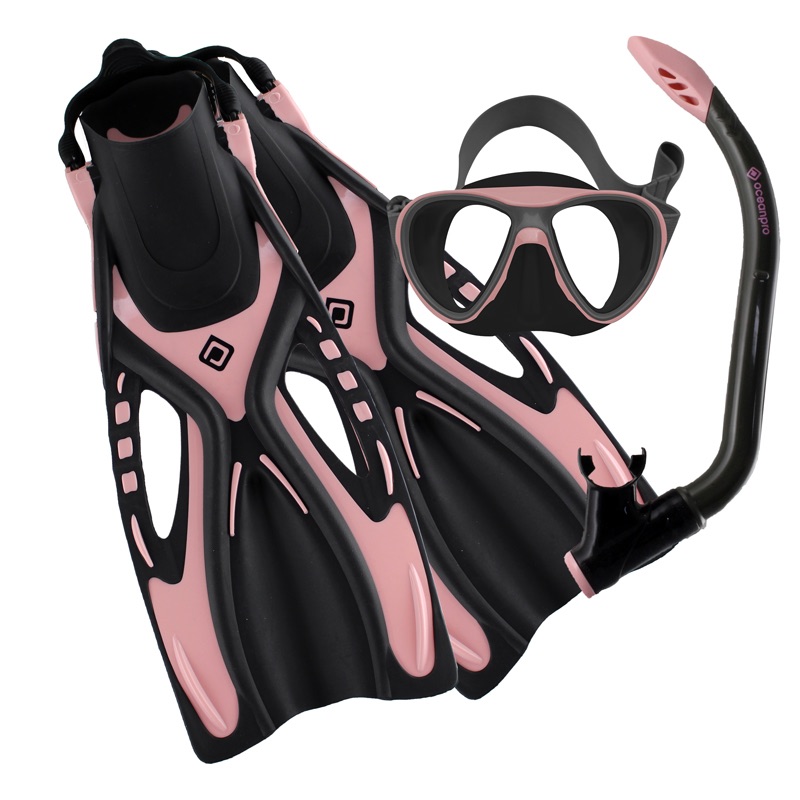


![Halcyon Infinity 30lb System [SS Small Backplate] Halcyon Infinity 30lb System [SS Small Backplate]](/diveshop/images/halcyon/Halcyon-Evolve-Wing.jpg)






